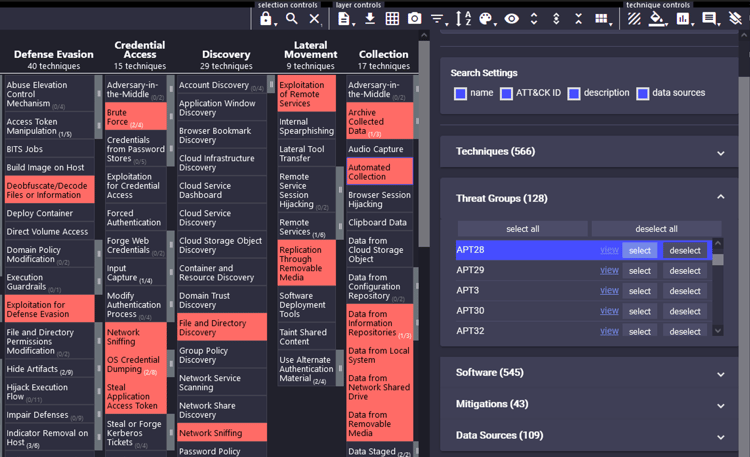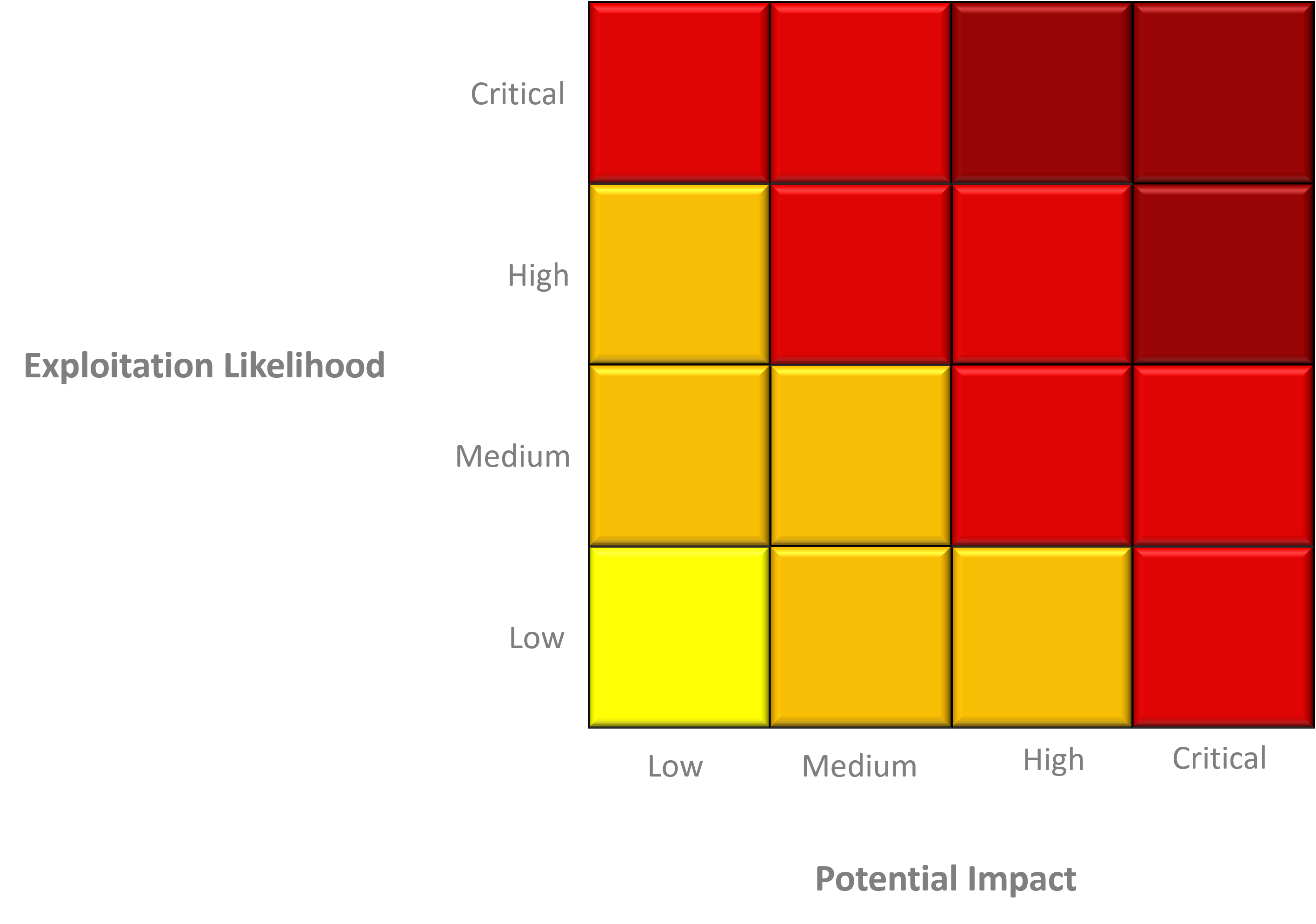Goal and scope
The purpose of the scoping meeting is to define the goals of the red teaming and to transfer sufficient knowledge about the environment to be tested so that the offer can then be created on this basis. The questions mostly revolve around the simulated threat and any limits and constraints.






